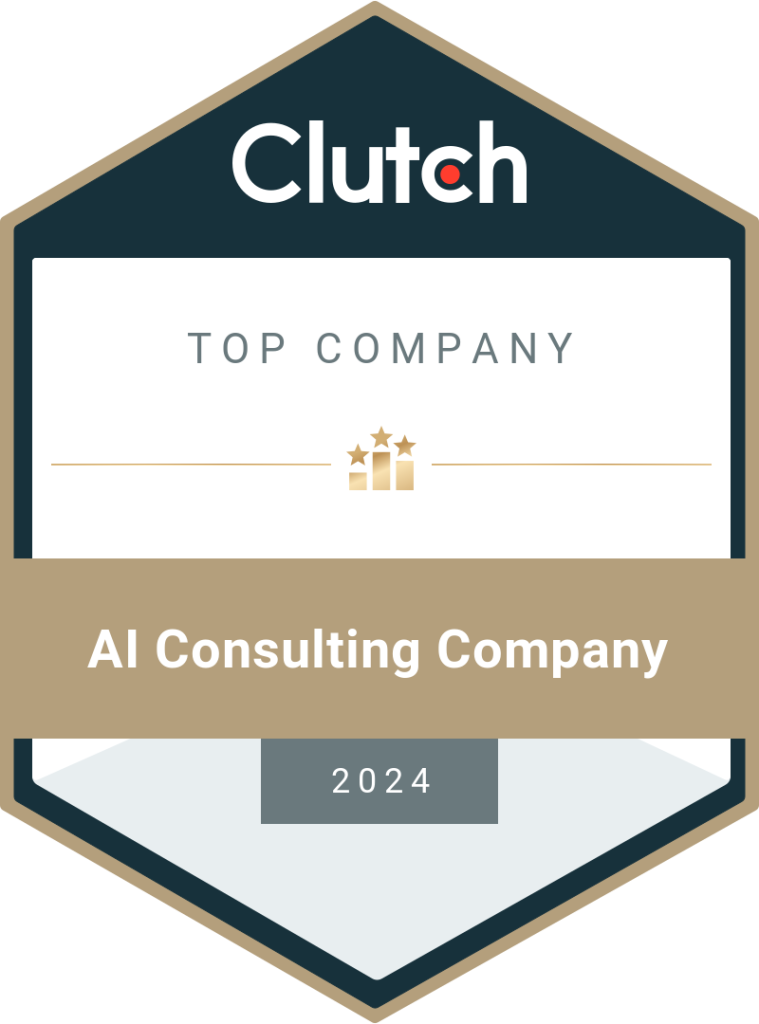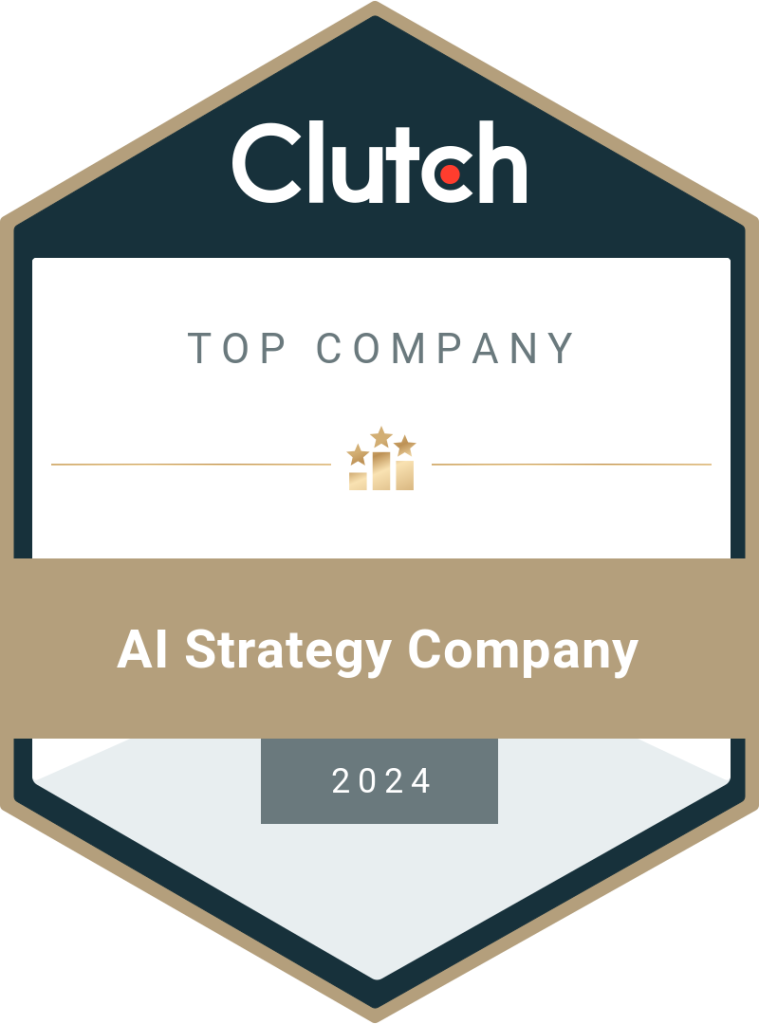Top 12 Tech Consulting Firms Enterprises Trust in the USA
Tech consulting is crucial for businesses navigating digital transformation. Leading tech consulting firms like DataToBiz, Accenture, and IBM offer innovative solutions to optimize technology use, drive efficiency, and ensure competitiveness in the evolving digital landscape. Read on to know more! Digital transformation means making a business more digital by using the latest tech to handle data and tasks better. This helps in making decisions based on past and present data. It’s great for smoothing operations, transferring data to the cloud, keeping customers happy, avoiding mistakes in digital shifts, and creating new products. According to Statista, companies will spend about $3.4 trillion on digital transformation by 2026. But a report from Deloitte says that even though most companies think tech will shake up their industry, only a few feel ready for it. To deal with these changes, companies can get help from digital transformation services. They can team up with top consulting firms in the US that specialize in this to make things easier and make employees more efficient. In this blog, we’ll look at the best technology consulting companies in the USA. Top Tech Consulting Firms In The USA Top digital transformation consultants drive change and design future successes for partners. Here are the top 12 technology consulting businesses in the USA: 1. DataToBiz DataToBiz is one of the tech consulting companies known for its expertise in data analytics and strategic consultancy, with a pivotal emphasis on AI and Data Science solutions. Their overarching mission is to empower clients with data-backed decision-making, without relying on mere intuition. The team at DataToBiz consists of experts in data science and artificial intelligence, offering a wide range of services including data extraction, advanced data presentation, and forward-looking analytics. These services utilize cutting-edge machine learning and deep learning methodologies. Their customer base spans multiple industries, such as healthcare, financial services, retail, and digital commerce. DataToBiz presents a diverse array of offerings, spanning digital transformation, business intelligence, data engineering, AI deployment, machine learning, natural language processing, managed analytics, tailored AI product development, applications leveraging large language models, big data analytics, and cloud transformation. Additionally, they excel in seamless integration and optimization of Power BI and Tableau, complemented with scaled tech consulting solutions. DataToBiz has clients from various industries and has received several awards. It is a certified partner with Microsoft, AWS, and Google Cloud and has branches in the USA, India, South Africa, and Saudi Arabia. The company has also developed AI-based products like PrepAI, HirelakeAI, SensiblyAI, Virtual Tryon, and CV Platform, which makes it one of the best tech consulting firms. Average Rating Review: 4.8 Note: As researched and curated on rating platforms such as Clutch, Glassdoor 2. Accenture Accenture is a top technology consultant company in the USA, with proficiency in cloud acceleration, automation, and DevOps services. Its comprehensive solutions span management consulting, AI, systems integration, business process outsourcing, infrastructure outsourcing, blockchain technology, and security. Serving an extensive clientele that includes over three-quarters of Fortune 500 companies from 40 diverse industries, Accenture has firmly entrenched itself as a global pioneer in digital transformation. While their consultancy rates may lean towards the higher end, they uphold a standard of excellence by linking compensation to critical Key Performance Indicators (KPIs) for each project. With operations spanning more than 120 countries, Accenture boasts an expansive global presence and an illustrious track record, having catered to an impressive tally of around 9,000 clients. Average Rating Review: 4.5 Note: As researched and curated on rating platforms such as Clutch, Glassdoor 3. Classic Informatics Classic Informatics is one of the best tech consulting firms in the digital transformation sector. It is focused on enabling enterprises to leverage advanced technologies for business innovation and maximizing value from inception to implementation. The firm emphasizes updating IT strategies and delivers tech consulting services in business process automation, low-code and no-code development, and platform upgrades. A key strength of Classic Informatics is its prowess in application modernization, ensuring uninterrupted business operations via thorough application restructuring. The company is proficient in system integration, enriching enterprise solutions by making them compatible with various online services and data sources. Moreover, Classic Informatics excels in UI/UX-Frontend and low-code development, enabling clients to create robust and scalable software applications with reduced coding requirements, thus accelerating the time to market for these applications Average Rating Review: 4.9 Note: As researched and curated on rating platforms such as Clutch, Glassdoor 4. Competenza Innovare Competenza Innovare is one of the tech consulting firms committed to helping businesses from various sectors transform their operations using advanced technologies. The firm is renowned for its leading role in the mobile app development sector, capitalizing on its unique competitive edges. The firm offers various tech consulting services including digital experiences, IT staff augmentation, software and mobile app development, cross-platform services, remote developer support, and digital marketing solutions. One notable aspect of Competenza Innovare is its unwavering dedication to quality and security. The company strictly avoids hiring freelancers, choosing instead to employ developers with at least 4 years of experience. This policy, combined with heightened compliance measures, not only ensures the skill level of its team but also significantly boosts data security for its clients. Average Rating Review: 4.8 Note: As researched and curated on rating platforms such as Clutch, Glassdoor 5. Cognizant Cognizant, once a part of Dun & Bradstreet, has evolved into a prominent player in digital transformation, securing the 185th spot on the Fortune 500 list. Particularly strong in North America, it emphasizes digital experiences, AI, application modernization, cloud services, and business processes. Known for its flexible payment options, Cognizant is a preferred choice for businesses seeking tailored solutions. Established in 1989 and ranked 194th in the 2022 Fortune 500, Cognizant is deeply committed to assisting clients with innovative strategies and driving business transformation. Cognizant provides a broad spectrum of services, covering AI, machine learning, core system enhancements, cloud solutions, enterprise applications, and quality engineering. Its commitment to remaining at the forefront of digital progress positions it as a reliable ally for
Read More







